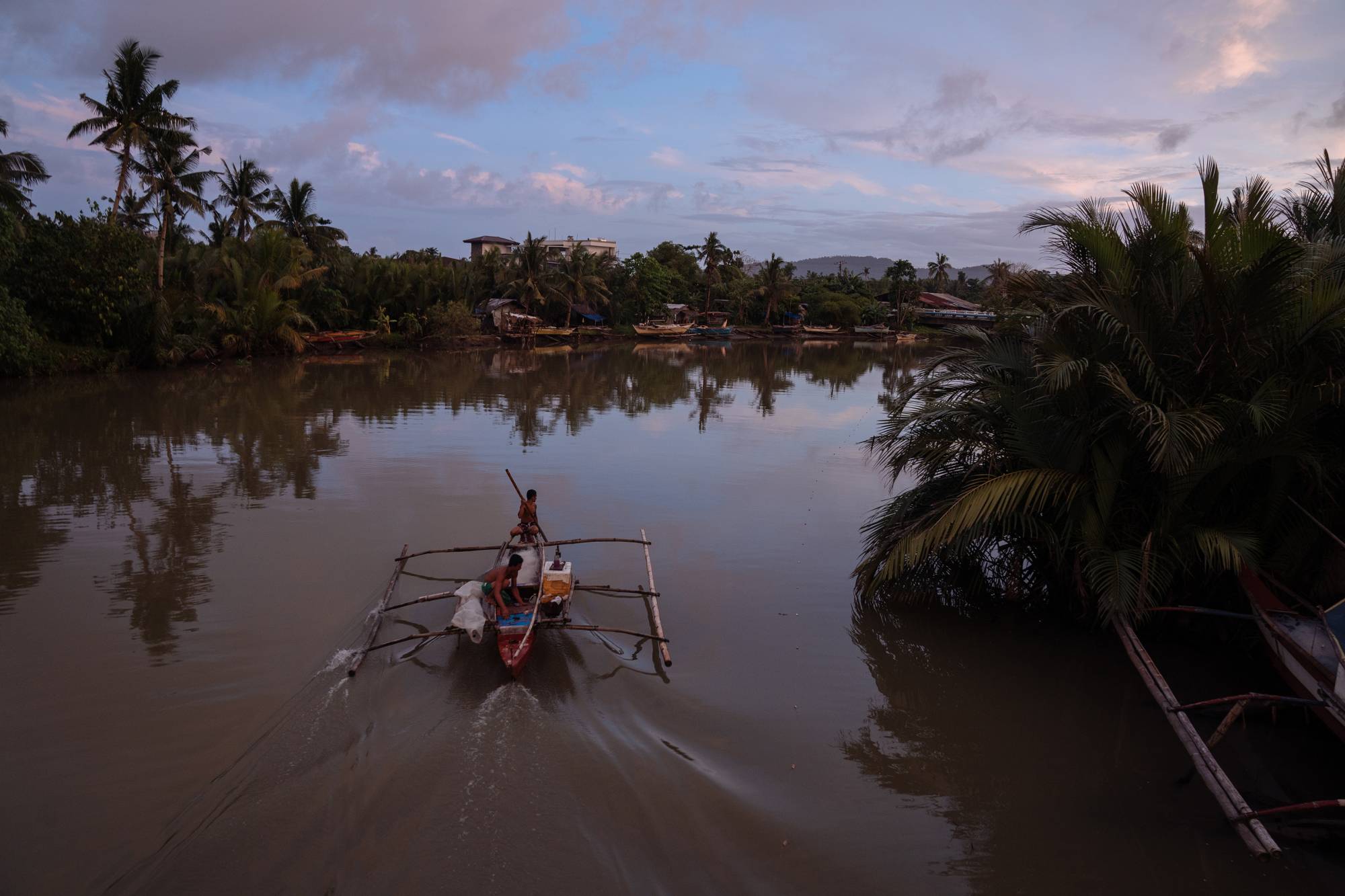For nearly all the pandemic, Marlen Zilmar woke up to the sound of roosters. Before the sun reached its fierce apogee, she would swing a makeshift watering can made of a perforated plastic bottle over the garden in her family home, where she had returned after the coronavirus hit Manila.
The scene of okra plants, banana trees and harvesting the day’s crop might seem timeless. But Zilmar’s interest in returning to her rural roots is new. Historically, economic prospects in urban areas have lured Filipinos from the countryside in bigger numbers than the cities can handle. The pandemic shifted that pattern, and whether it can be sustained will depend on the nation’s ability and desire to reinvigorate the economically neglected hinterlands.
Since the 1970s, the era of Ferdinand Marcos’ dictatorship, every Philippine leader has encouraged rural development, in an attempt to alleviate overcrowding in Metro Manila, the dense patchwork of 16 cities that make up the Philippines’ urban core. His son, Ferdinand Marcos Jr., known as Bongbong, recently elected as the nation’s next president, echoed a similar theme in his campaign, invoking his father’s legacy.

















With your current subscription plan you can comment on stories. However, before writing your first comment, please create a display name in the Profile section of your subscriber account page.